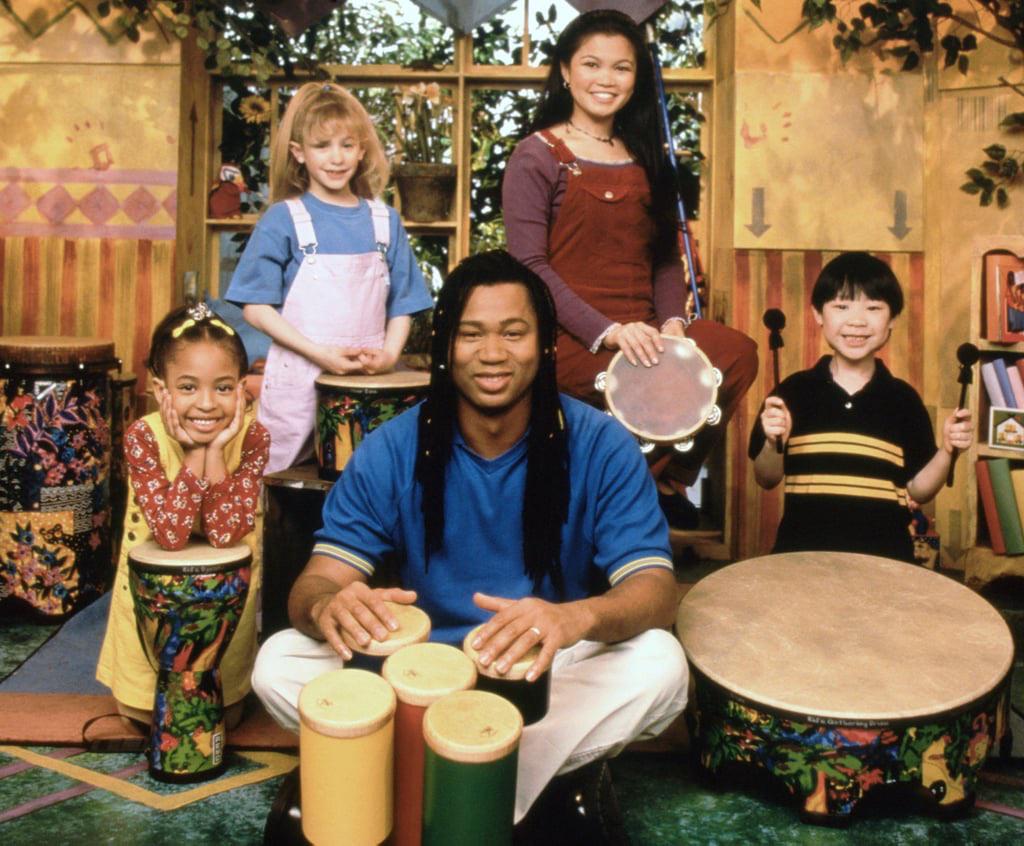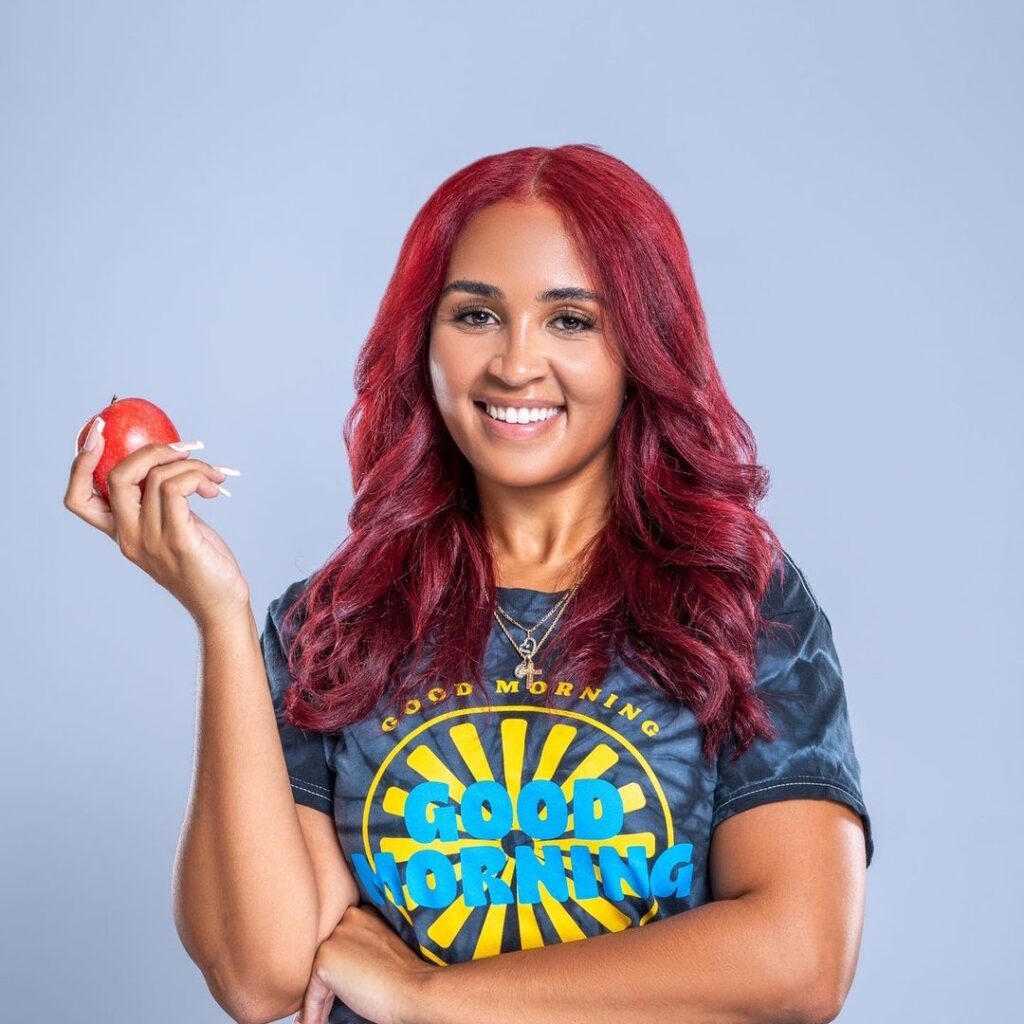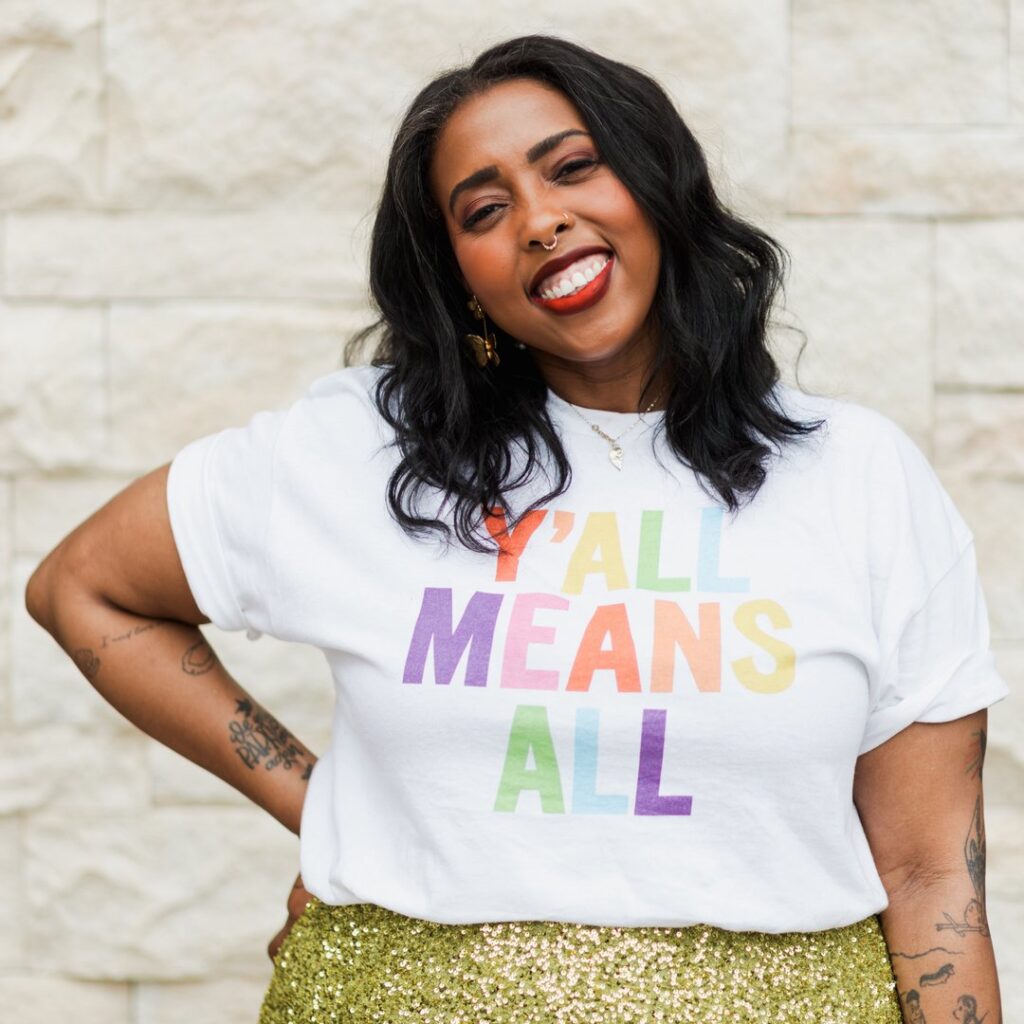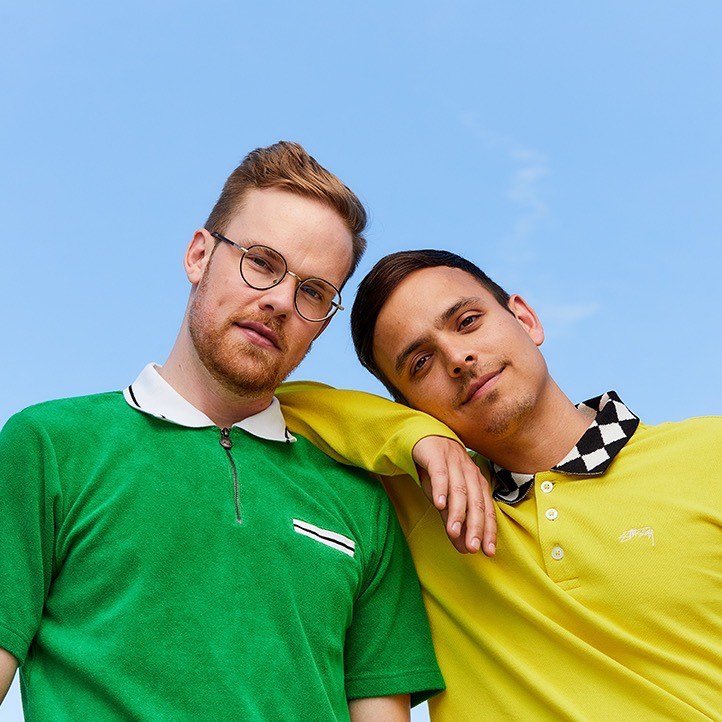The Content Creator as Educator: How Scholars Are Turning Streams into Classrooms

In 1969, before the term ‘edutainment existed, a trailblazing study by Joan Ganz Cooney explored the ways media could support children in learning and incited her to co-create Sesame Street. Throughout the last sixty years, programs like Sesame Street, Schoolhouse Rock (1973), and The Magic School Bus (1986) merged education and entertainment to offer educational enrichment and instruction support to educators and caregivers. Edutainment brings the challenge of motivating a student or learner to the forefront by utilizing methods usually reserved for entertainers, making traditional education more engaging. In the 1990s and early 2000s, the genre expanded, offering culturally-relevant programming like Bill Nye the Science Guy (1993) or Mythbusters (2003) starring educators whose outgoing personalities helped learners connect with the expertise.
‘Edutainment’ in the Digital Age
In our present digital age, edutainment has evolved with emerging digital platforms and the expansion of ‘influencer culture’ to take a new form. Today’s edutainment can leverage innovative technologies (e.g., virtual reality, augmented reality) to utilize more gamified approaches to instruction. It can also deliver storytelling-rooted, performance-based instruction directly to learners’ phones. No longer beholden to television production schedules, the new generations of education influencers can source feedback and meet their immediate audiences.
Educators Finding Agency as Content Creators
Before the pandemic, education already created an environment where educators felt “underpaid, under-respected, under-supported.” The pandemic exposed and magnified the professional crisis educators faced. The deteriorating experience, combined with increased burdens and expectations, catalyzed many educators to explore less conventional paths to educate others while empowering themselves.
Educators’ pandemic-induced burnout was exacerbated by a hostile political environment that imposed censorship and restrictions in their classrooms. Digital platforms like YouTube, TikTok, Twitch, and other new platforms have emerged as vehicles where academic voices can connect directly with learners while exercising innovative and effective teaching methods without administrative oversight.
Traditional educators forcibly adopted e-learning technology during the pandemic, and innovators already experimenting with multimedia were emboldened to explore further their opportunities to create educational content on accessible platforms. In the process, many developed successful personal brands, became educational influencers, and created impactful learning communities. Even within the same profession, the educators below all found their voice on digital platforms and created distinct educational brands.
Iamthatenglishteacher

As the United States sees a consistent decline in both child (fewer than a third of students reading at grade level) and adult (in 2024, 28% of adults in the U.S. ranked at the lowest levels of literacy, compared to 19% in 2017) literacy levels; Claudine James, the educator behind iamthatenglishhteacher, is helping bridge the gap for those learning English at all levels.
Encouraged by her students to post content online to help them review their lessons, her style, tips, and tricks quickly gained popularity.Transforming her experience as a National Board Certified Teacher and her expertise in English grammar and language arts into accessible content on TikTok to help clarify English concepts. With humor and care, she explains how to build vocabulary, communicate with others, and avoid grammar mistakes so learners can work on their weaknesses without judgment.
Toddlers CAN Read

On the other side of the spectrum, some educational content creators are working to ensure the next generation of learners has a solid literacy foundation from the beginning. Using play-based instruction and science of reading pedagogy, Spencer Russell and his Toddlers CAN Read are helping toddlers 18 months and above to begin reading. Coming from a background including Teach for America, years of classroom teaching experience, and being an award-winning educator, Spencer created the #1 at-home reading program in America.
Through his digital platform, he offers over 1.4million parents and caregivers subscribers the resources (digital courses, workshops, 1-on-1 sessions) and accompanying learning aides (flashcards, decodable books) to ensure their child grows into a confident reader.
Ms. L @shelby_thatsmee

Educational content creators are also utilizing social media to cover subjects and skills traditionally overlooked in K-12 education. Shelby Lattimore is a content creator and third-grade teacher who weaves financial literacy concepts into her overall classroom management and curriculum.
While protecting her students’ privacy, she creates content videos demonstrating the inner workings of her ‘classroom economy’ approach, where she assigns values to classroom items and tasks. From earning money to paying rent for items, this concept teaches third-graders how economic concepts work in the world. Accompanied by relatable educator skits and lifestyle content, Shelby is a content creator showing how to both innovate your classroom and have a well-rounded life outside of it.
The Tutu Teacher

Kindergarten educator Vera Ahiyya built The Tutu Teacher, a platform for her to showcase her enigmatic personality and passion for early childhood education. It has enabled her to connect with audiences through her wide selection of published children’s books, learning materials, and educational consulting services. She has fused her bubbly nature and love of performance, using music and movement to tell stories that teach young audiences. Her utilization of movement and performance, along with a background in public speaking and consulting, made her a natural fit in the influencing world.
AsapSCIENCE

AsapSCIENCE, created by educators Mitchell Moffit and Gregory Brown, works to demystify science for all age groups through energetic instruction and visually engaging content. Their YouTube video breaks down scientific concepts from STEM disciplines, ranging from psychology to physics, into short, animated videos. With an approach reminiscent of The Magic School Bus and Bill Nye’s whimsical, yet research-backed, accurate teaching, AsaspSCIENCE is helping students rediscover their scientific curiosity.
Platforms as New Learning Spaces
Teachers are engaging with platforms like TikTok as potential learning spaces. They utilize the medium to create mini-lessons and assignments for learners, share methods with colleagues, and develop TikTok communities of connected students.
Opportunities and Challenges
Education content creators navigate digital platforms as invaluable opportunities to combat challenges to traditional education models, from K-12 to upskilling courses and continued education. In addition to transforming student engagement and enrichment, these platforms have helped close the gaps in accessibility and learning diversity.
Accessibility
As internet accessibility and computer and smartphone ownership increased throughout the global market, we’ve entered a new era of democratization. Potential learners can bypass geographic and resource disadvantages to reach educational content directly in their homes. Since educational creators offer free content to reach and build their audiences, students with financial barriers to education can access an international pool of talented educators.
Destigmatization and Learning Diversity
Coincidentally, as educational creators have emerged, mental health and learning specialists have utilized the same platforms to share vital information and guidance on a range of psychological subjects, ranging from learning styles to personality types. As the discussion of neurodiversity and learning styles has expanded, educators have been able to showcase content tailored to neurodiverse learners. The accessibility of educators’ content enables the destigmatization of discussions on learning diversity.
Conclusion
Bass Lab has embraced the evolution of the educator as a content creator, exploring multimedia tools to disseminate corrected media narratives and overlooked Black West Coast media histories. Utilizing AI-assisted technology to archive our Second Draft Project, streaming the Second Draft Podcast, and using augmented reality to amplify the experiences of residents of communities like Altadena on the Monumental app are also learning initiatives that have helped turn our journalism students into educational content creators.

